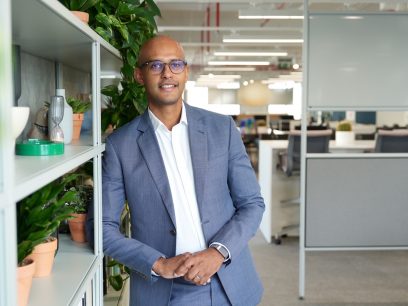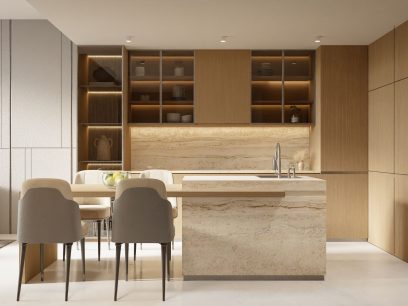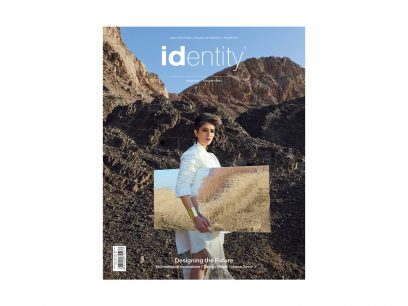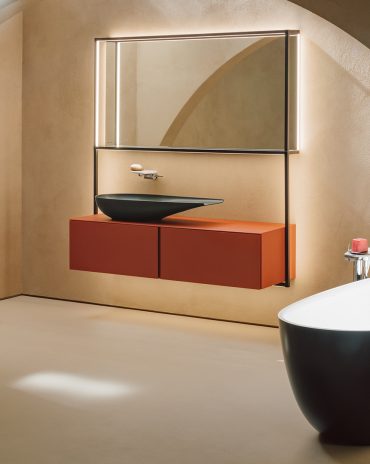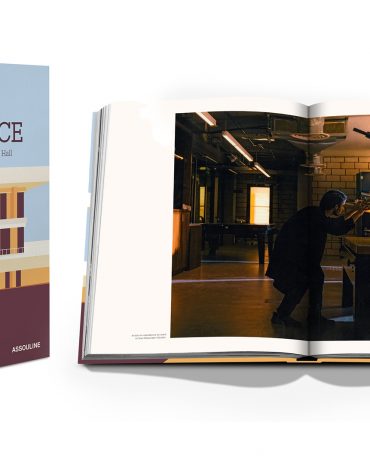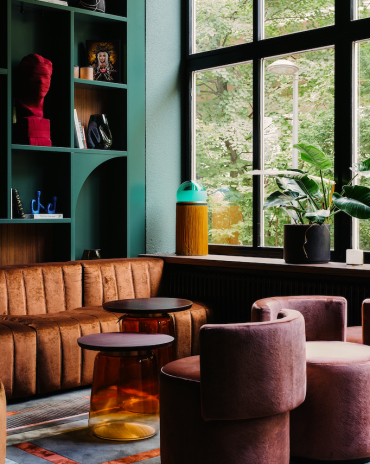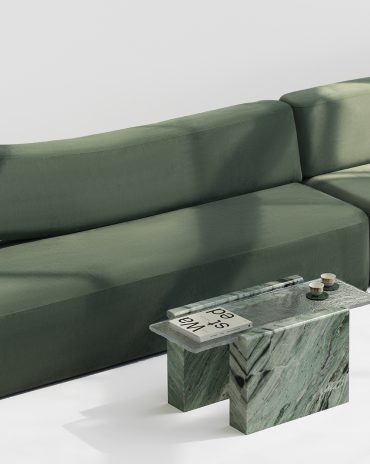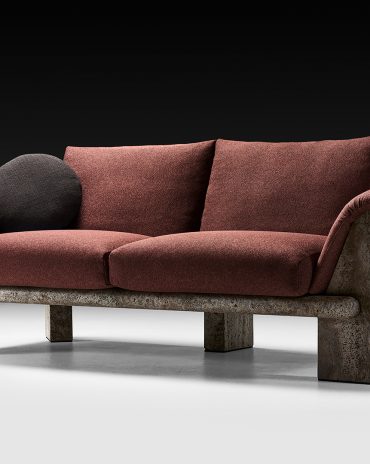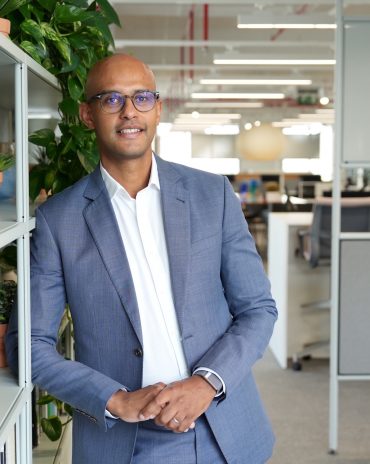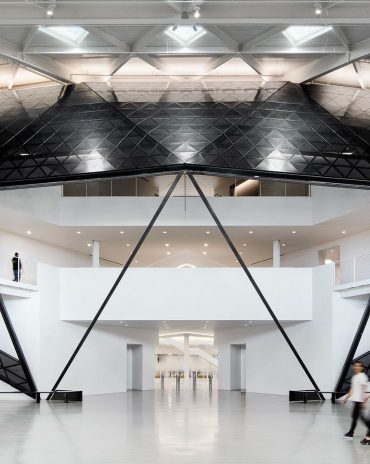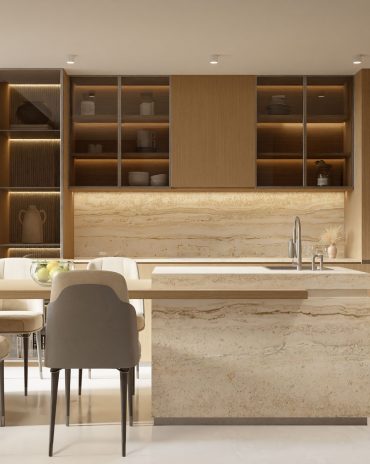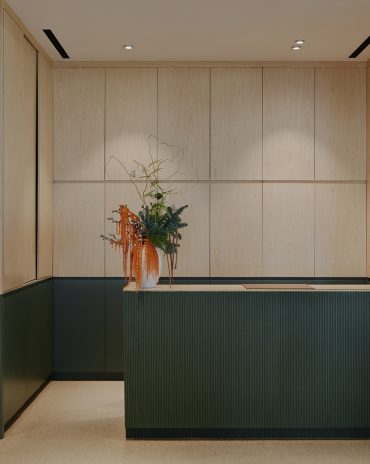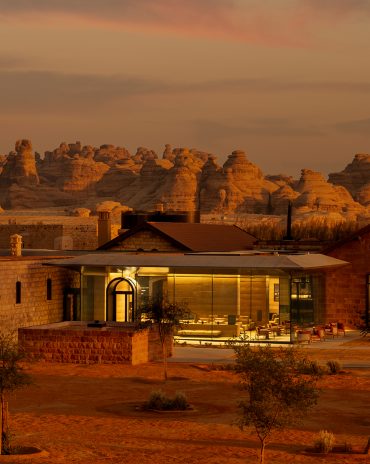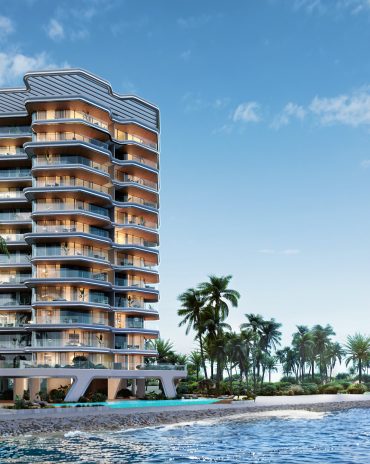Copyright © 2025 Motivate Media Group. All rights reserved.
Hani Asfour talks about the the urgency of sustainable design education in shaping our future
Hani Asfour is the Vice President, Innovation and Institutional Partnerships – Dubai Institute of Design and Innovation.
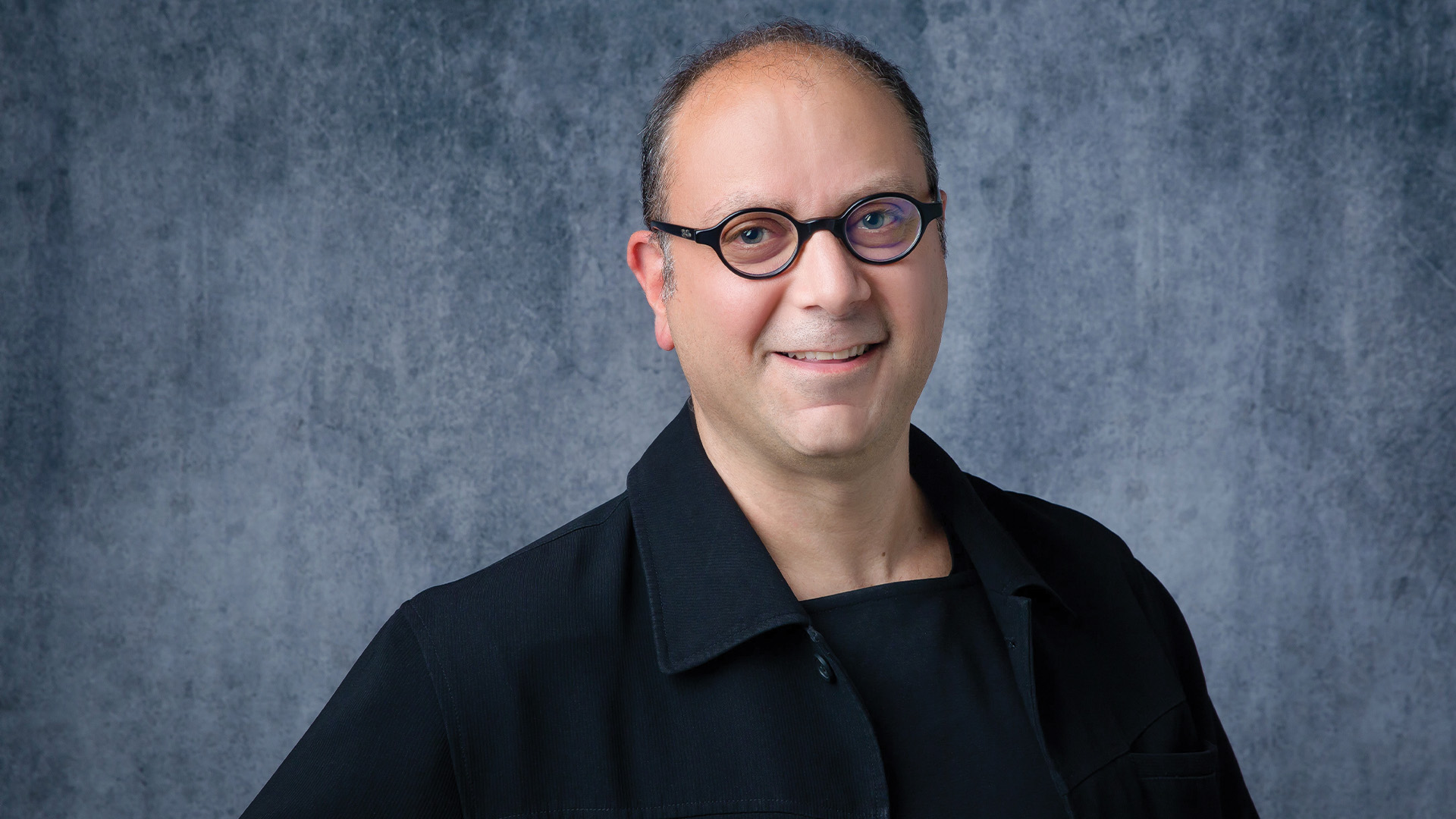
The expression ‘sustainable design’ is bandied about to the point that it has lost much of its meaning, rendered into yet another business buzzword like ‘innovation’ or ‘synergy’. And yet, its tired letters carry much weight in the present age.
We are living through the Fourth Industrial Revolution. The first three augmented human labour, enabling us to be creative workers and thinkers while machines did the heavy lifting. This new phase is a significant leap from labour to intelligence – that is, thinking and learning with machines.
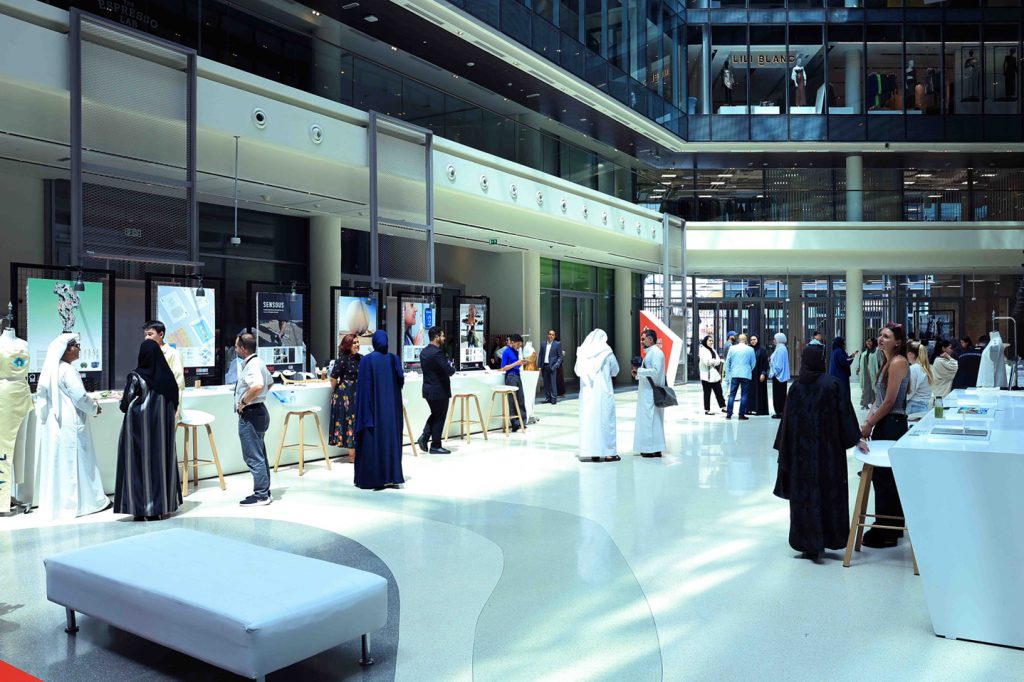
In this new phase, employing design to improve the world and multispecies life – not just humans, but all the living beings we share this earth with – is essential and urgent. Our imperative is to embed empathy in innovation and humanize technology, be it machine learning or ethical artificial intelligence. Providing the next generation of designers with tools to define this fluctuating road ahead is critical to shaping the future of our world and tackling the climate crisis. This is how we built our curriculum at the Dubai Institute of Design and Innovation (DIDI), on the principles of collaborative, engaged learning. We recently welcomed the brilliant and world-renowned activist-designer Bruce Mau to host a hands-on workshop at DIDI, where he advocated for creative design-based problem-solving and building a thoughtful, mindful world. His lecture – an interactive dialogue with our students – reinforced design as a critical instrument of change.
As machines and technology influence how we live, work, learn, and experience the future, humans still retain the skills of empathy and context-awareness. For this reason, we empower our students to approach sustainable design thinking by deeply analysing the context, pain points, and experiences of the end users: Empathy-driven solutions are more vital and durable than products or profits. Working from the ground up – who will be impacted by the solution and their individuated desired outcomes – maps out more robust solutions that are holistic, inclusive, and desirable, generating value and purpose for their target communities.
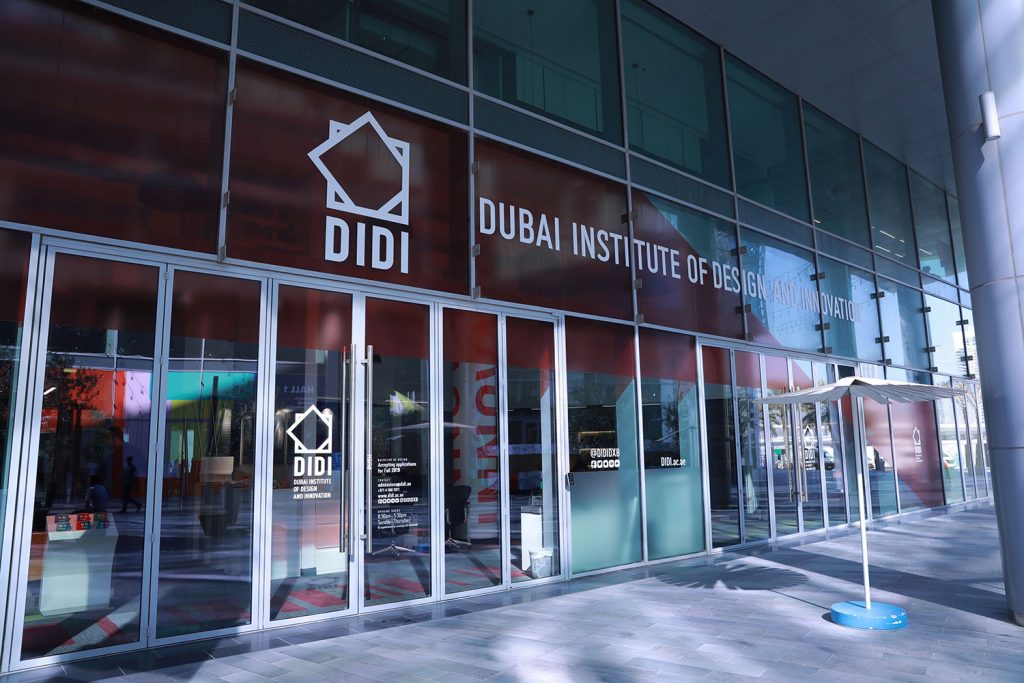
This inclusive approach requires multidisciplinary collaboration with designers, scientists, engineers, social scientists, businesspeople, and legislators. Innovation is the result of collective lateral thinking and cutting across boundaries. Design thinking, in this way, is essential to understand the various intentions, impacts, side effects, outcomes and limitations of solutions to the world’s most pressing problems. As Mau so succinctly put it during his talk at DIDI, “Where we fail to design, we design to failure. This is the 21st century: Our project is not the welfare of all mankind. It’s the welfare of all life.”
DIDI’s hybrid curriculum, crafted in collaboration with the Massachusetts Institute of Technology (MIT) and Parsons The New School of Design, breaks down the silos between different disciplines and activates our learners into agents of positive change. Our students approach problem-solving wearing a variety of hats so that they channel their creativity into purpose-driven and comprehensive innovations. Simply put, we need to address the climate crisis urgently and effectively. To do so we must empower the youth to implement multidisciplinary creativity to produce meaningful solutions – there is no other way forward.
The Latest
Textures That Transform
Aura Living’s AW24 collection showcases the elegance of contrast and harmony
Form Meets Function
Laufen prioritises design, functionality and sustainability in its latest collections
Preserving Culture, Inspiring Creativity
Discover the Legacy of a Saudi Art Space: Prince Faisal bin Fahd Arts Hall explores the Hall’s enduring influence on the cultural fabric of Saudi Arabia
Channelling the Dada Spirit
Free-spirited and creative, The Home Hotel in Zurich injects a sense of whimsy into a former paper factory
id Most Wanted- January 2025
Falaj Collection by Aljoud Lootah Design
Things to Covet in January
identity selects warm-toned furniture pieces and objets that align with Pantone’s colour of the year
Shaping the Future of Workspaces by MillerKnoll
Stacy Stewart, Regional Director Middle East & Africa of MillerKnoll discusses the future and evolution of design in workspaces with identity.
Shaping Urban Transformation
Gensler’s Design Forecast Report 2025 identifies the top global design trends that will impact the real estate and built environment this year
Unveiling Attainable Luxury
Kamdar Developments has launched 105 Residences, a new high-end development in Jumeirah Village Circle.
The Muse
Located in the heart of Jumeirah Garden City, formerly known as ‘New Satwa’, The Muse adds to the urban fabric of the area
Cultural Immersion Meets Refined Luxury
The Chedi Hegra opens its doors in AlUla’s UNESCO World Heritage Site
Redefining Coastal Luxury
Sunshine Bay on Al Marjan island combines seaside views, exceptional design, and world-class amenities to create a unique waterfront haven

